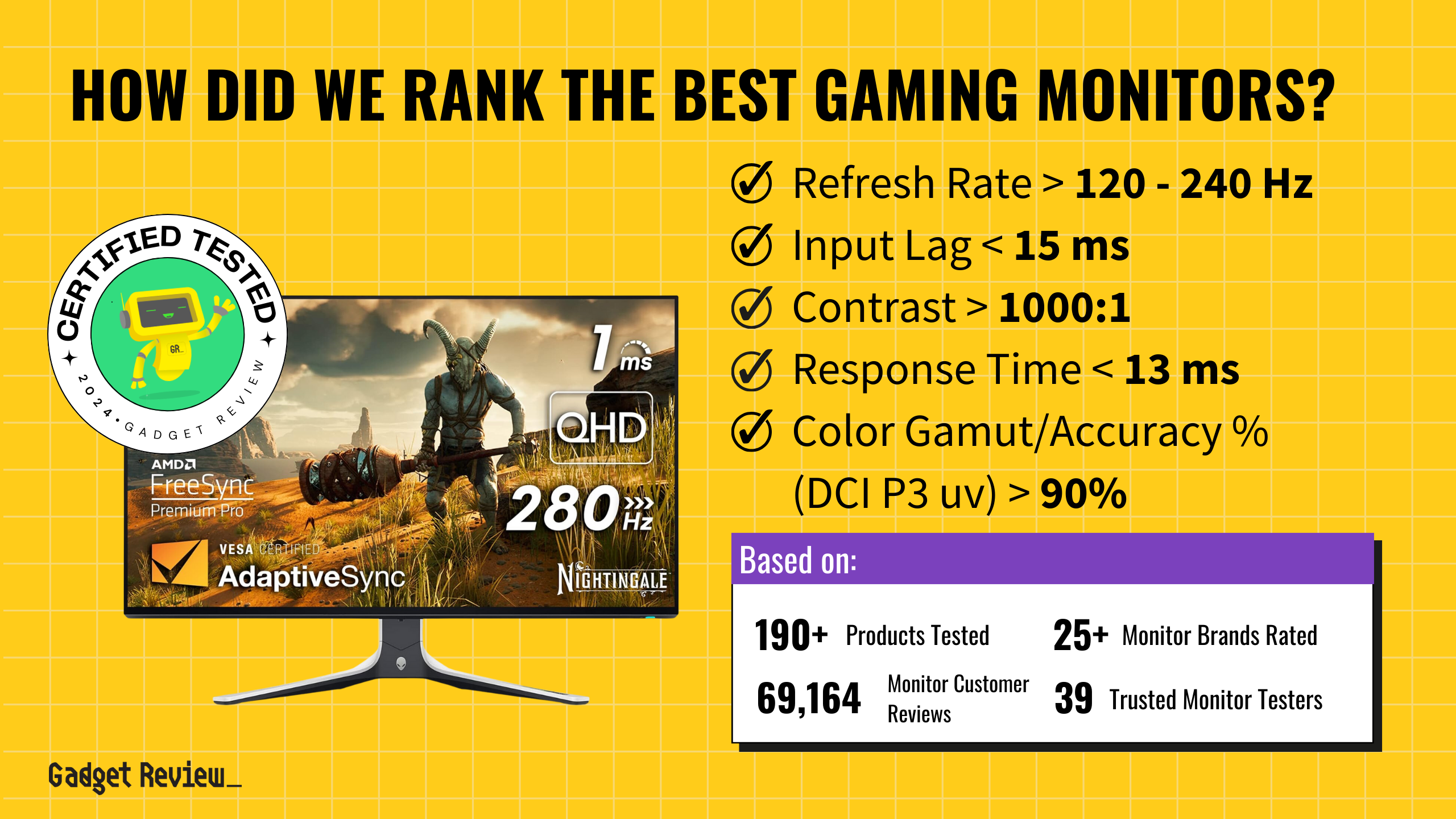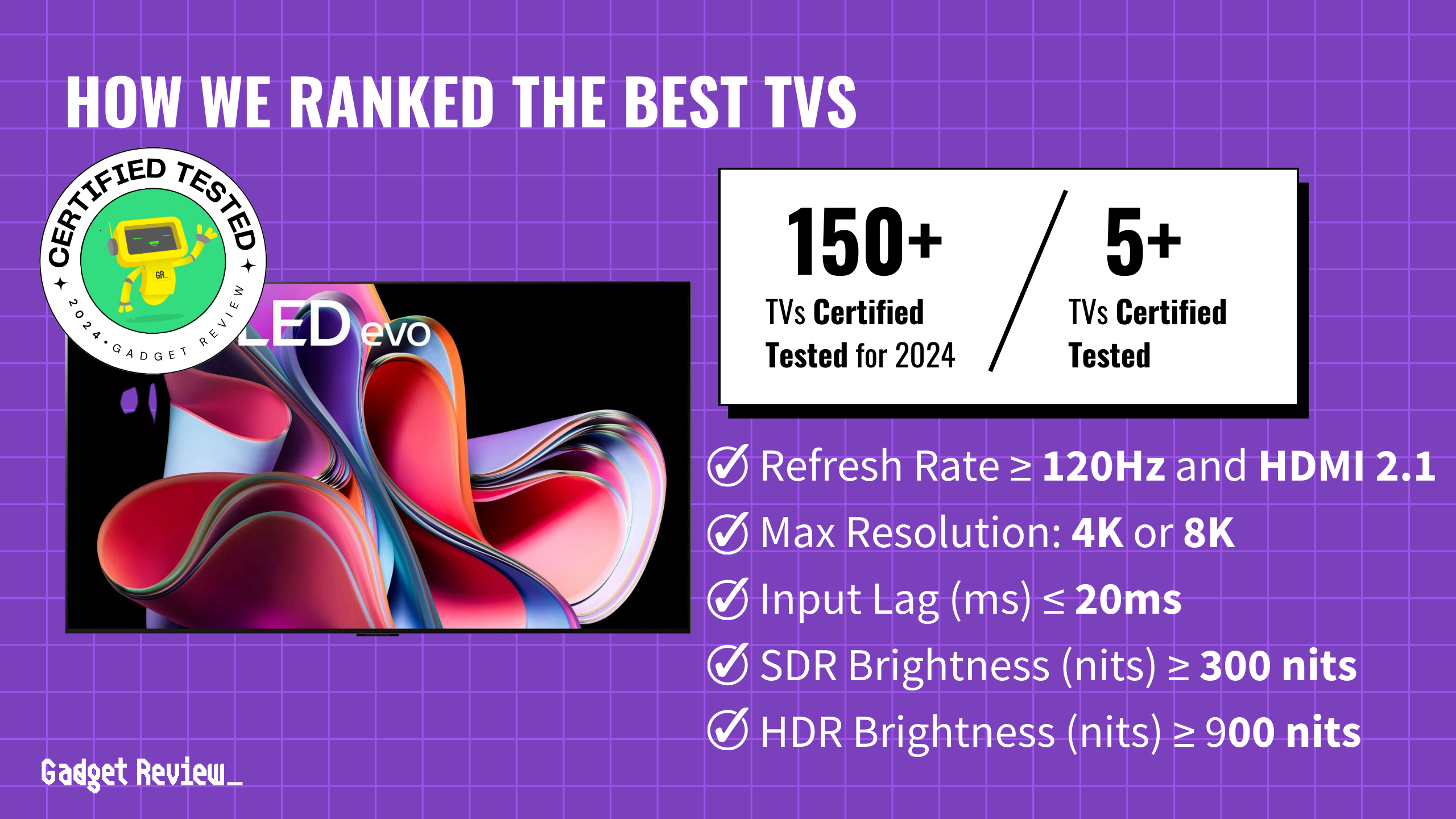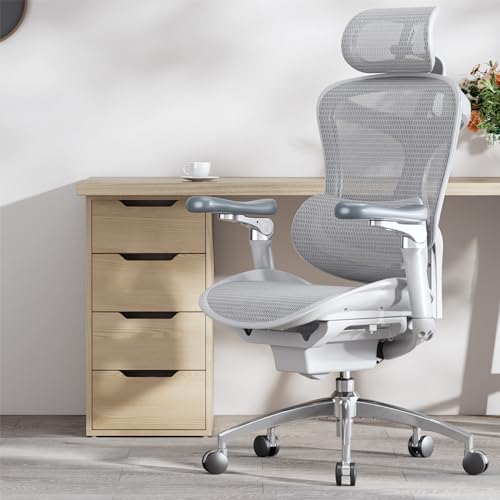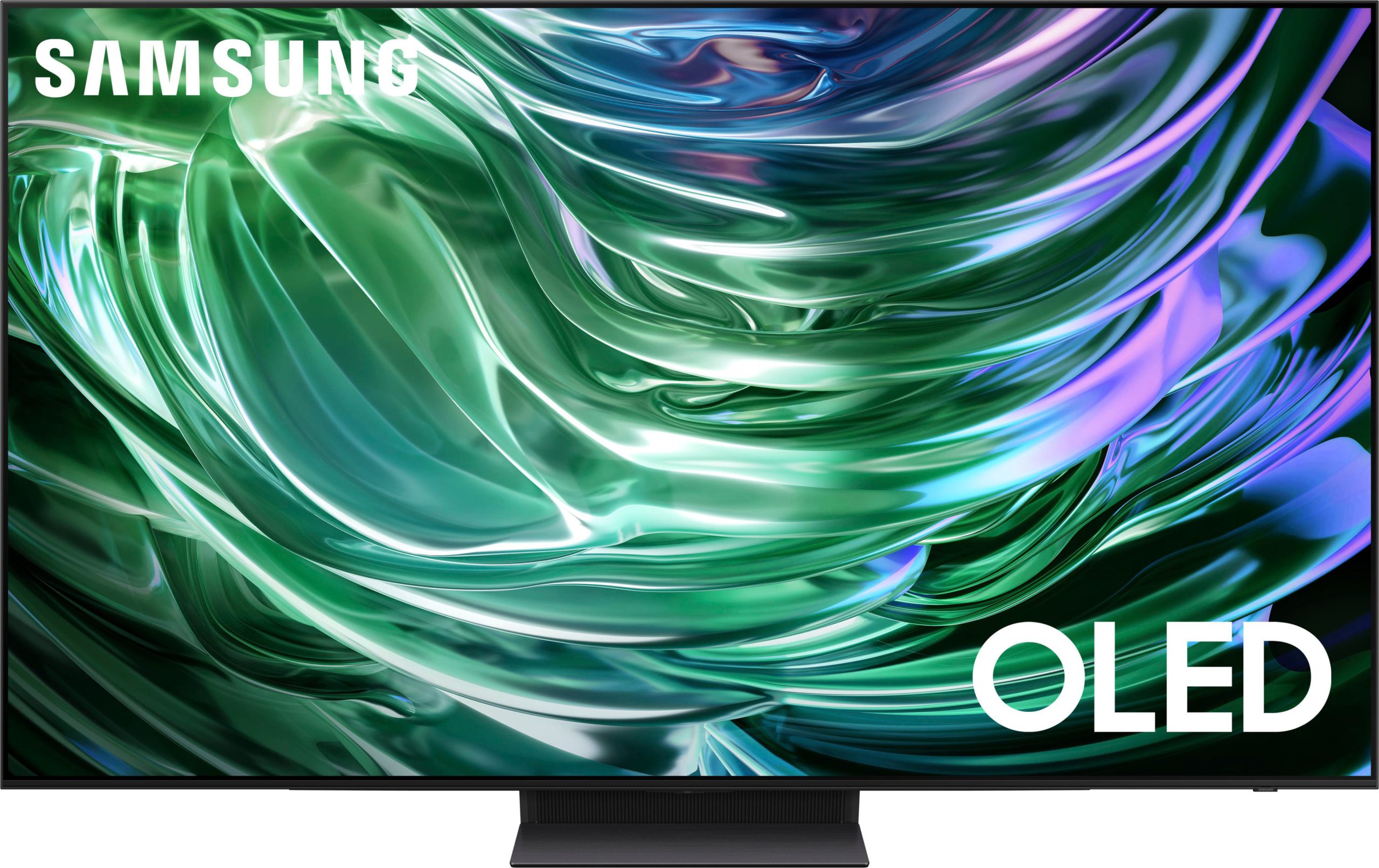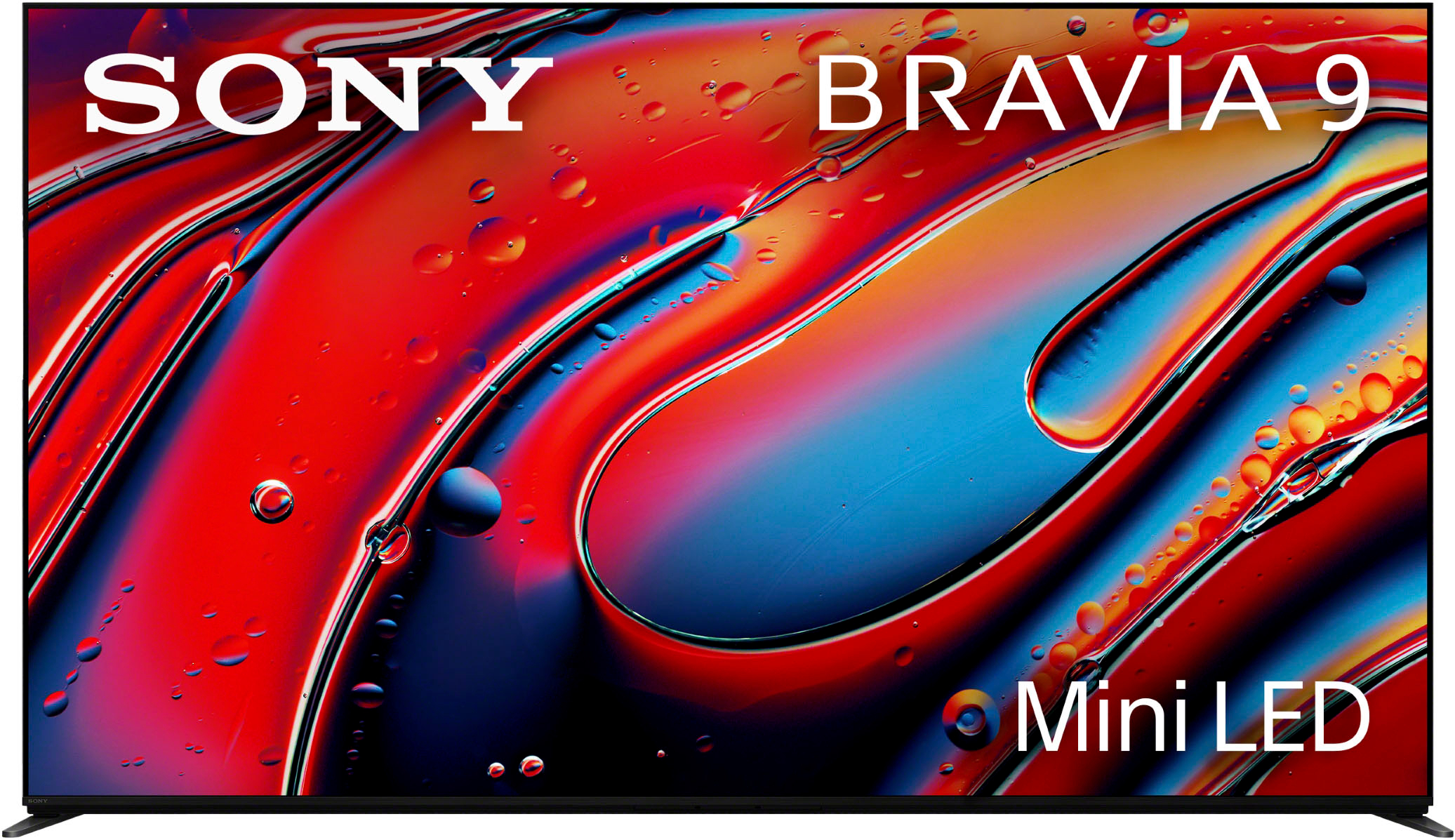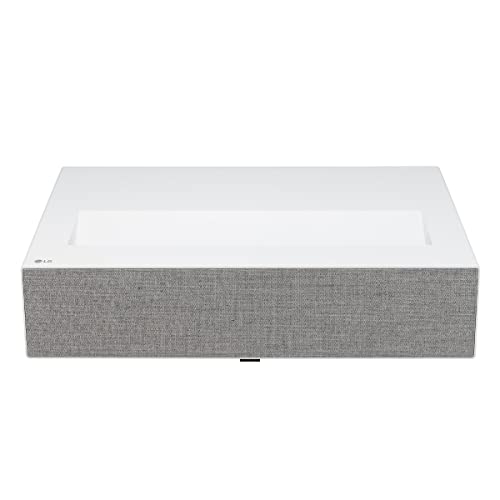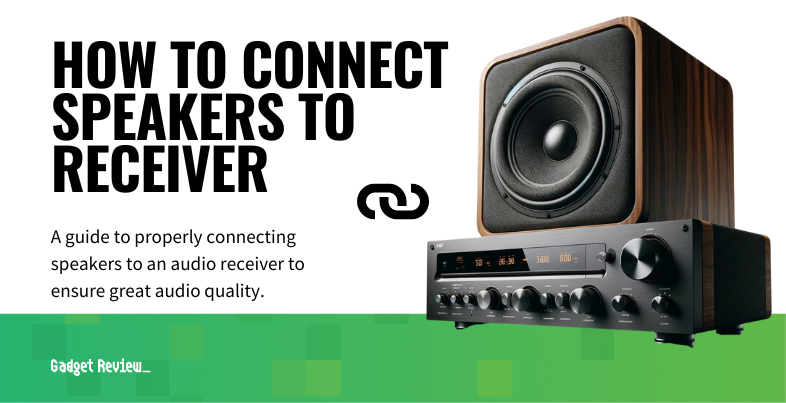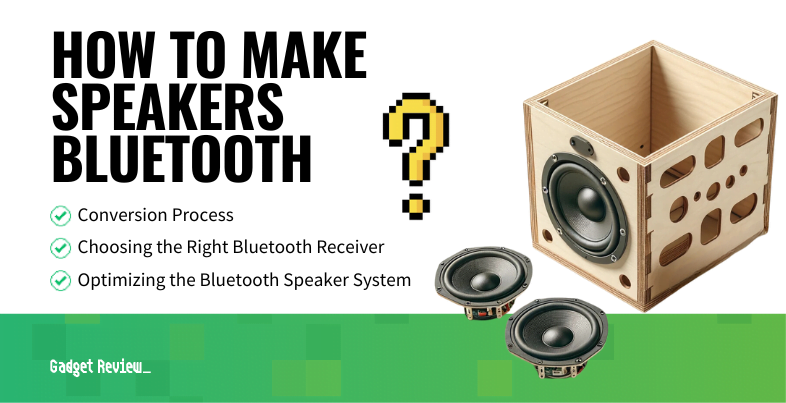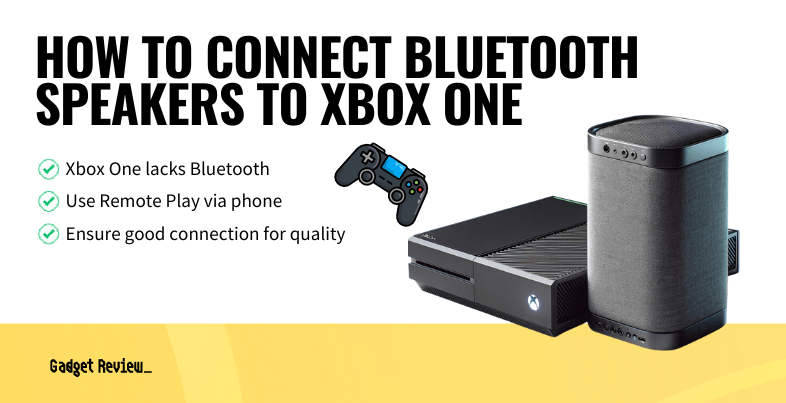Modern kids spend an average of seven hours daily staring at screens. But in the 1970s, toys like the Quiz Whiz and Merlin combined entertainment with hands-on learning. These early electronic games taught problem-solving without causing screen addiction. Children eagerly tackled geography, music, and logic puzzles through interactive play.
These pioneering devices shaped today’s educational technology landscape.
13. Show And Tell Photograph
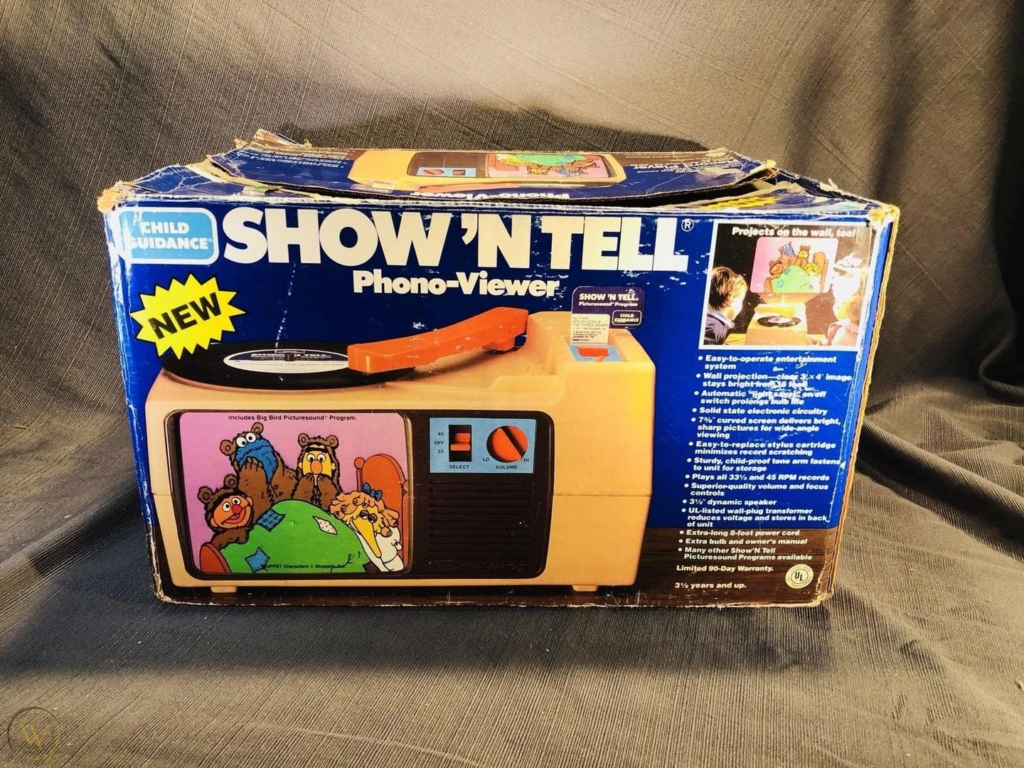
General Electric’s Model H510 Show And Tell launched in 1964, marking a transformation in home education. The system combined 45 RPM record playback with synchronized 35mm filmstrip projection on a 4-inch integrated screen. GE engineered the Picturesound series to deliver 140 story combinations between 1964-1975. By 1975, over 70% of American preschools had adopted the H510’s teaching methods.
12. Melody Mike
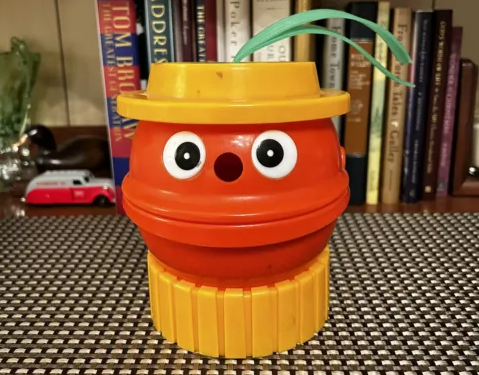
Mattel’s 1973 release of Melody Mike rode the wave of educational puppetry innovation. Inside its playful exterior, eight pressure-sensitive keys produced the notes of a standard C-major scale. The Model MM-73 delivered professional-grade sound at a modest $15.99 price point. The design inspired Mattel’s 1978 electronic music learning line, selling over 3 million units.
11. Kico Quiz Whiz
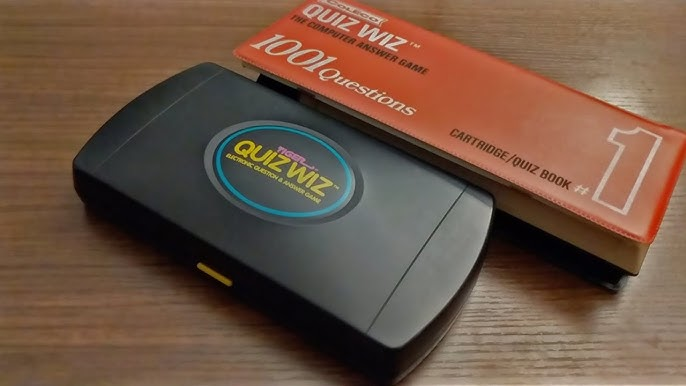
The 1976 Quiz Whiz (Model KQ-76) transformed educational gaming through digital innovation. Each cartridge stored up to 1,000 questions in early ROM technology. The system’s four C batteries powered 40 hours of continuous learning. The question-bank format became standard in educational gaming, leading directly to Texas Instruments’ 1980 Speak & Spell.
10. Farrah Fawcett Bean Bag

Pro Specialties’ Model FF-76 captured 1976’s pop culture zeitgeist through innovative design. Engineers developed industrial vinyl rated for 2,000 flexes with UV-resistant inks for durability. Initial distribution reached 250,000 verified units nationwide. The product’s success established the first million-dollar celebrity furniture licensing agreement.
9. Atari Pong
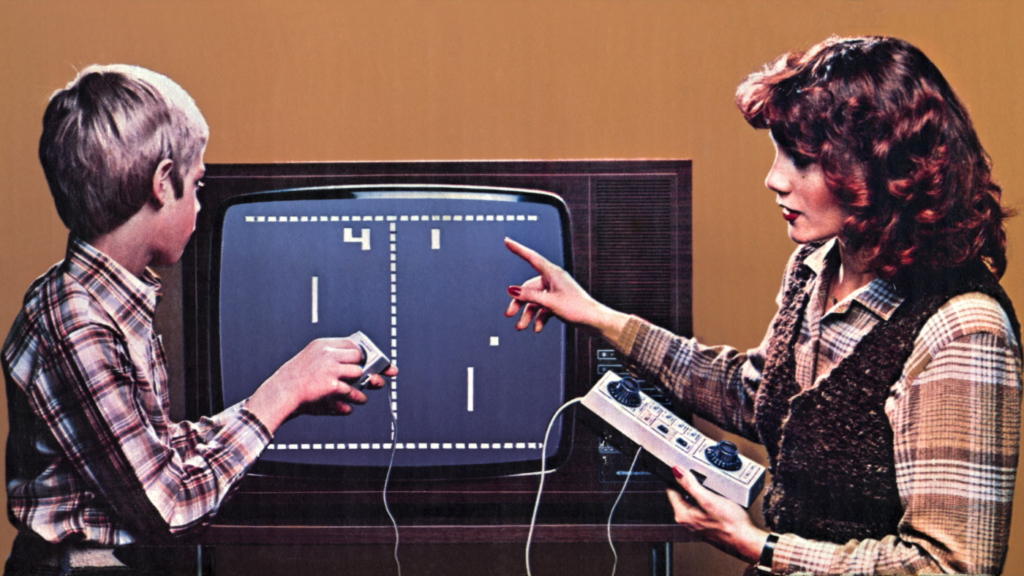
Atari’s Model C-100 or Pong, revolutionized home entertainment in 1975 through Sears. The custom 44-pin integrated circuit delivered arcade-quality gaming on standard televisions. Initial production reached 150,000 certified units at $98.95. The system’s success prompted RCA and Magnavox to enter the home gaming market by 1977.
8. Lemon Twist

Kenner’s Model LT-75 redefined affordable play in 1975. The 4-ounce weighted sphere and 36-inch nylon cord created perfect rotational momentum. Manufacturing records show 2.1 million units sold through 1978. Physical education programs nationwide adopted the toy for coordination training.
7. Disco Punch
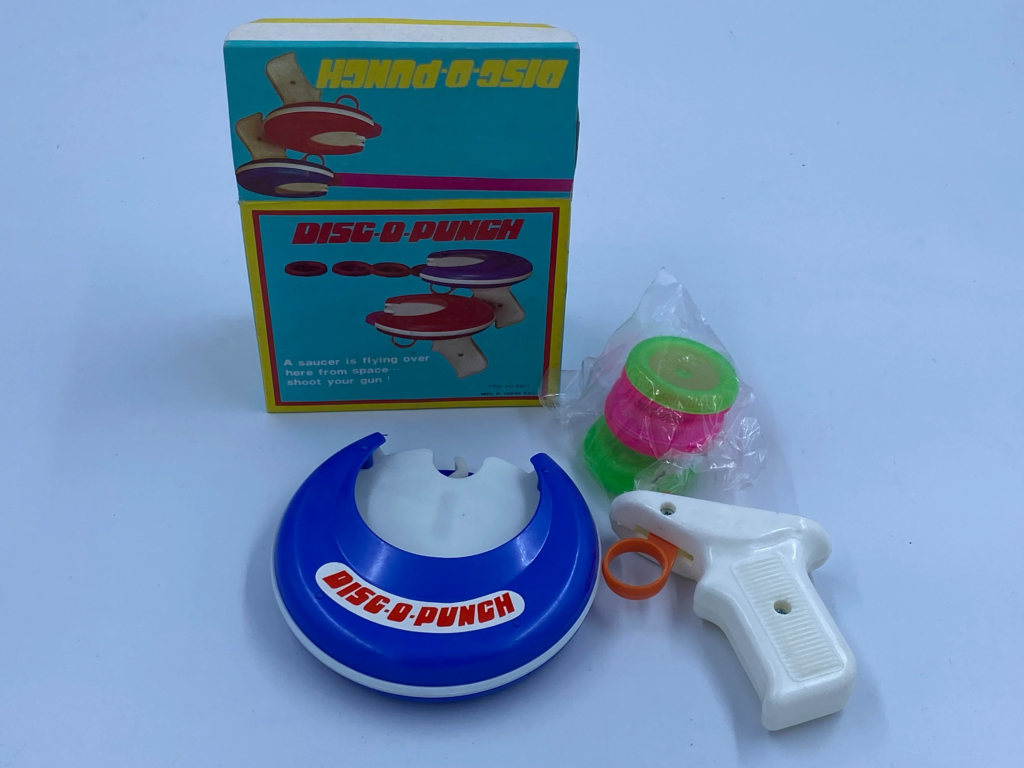
Parker Brothers’ 1977 Model DP-77 engineered safety into projectile play. The filtered air compression system controlled 2-inch disc trajectories precisely. Testing confirmed maximum ranges of 20 feet under supervised conditions. The design’s safety innovations influenced the 1980 Consumer Product Safety Commission’s toy projectile guidelines.
6. Wood Burning Kit
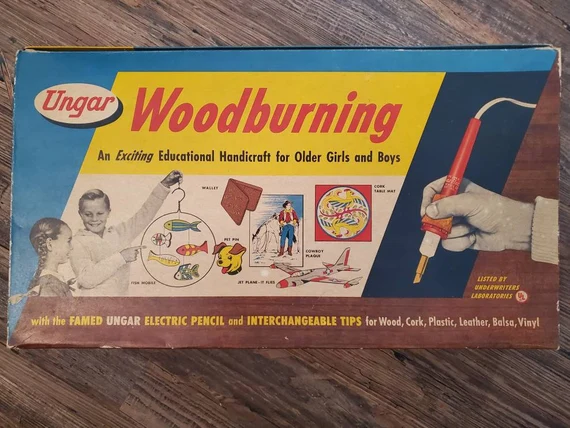
NSI’s Woodmaster (Model WB-72) democratized artistic woodworking in 1972. The UL-listed 25-watt tool maintained consistent temperatures while working with 12 basswood plaques. Temperature controls ensured maximum tip heat of 950°F. The kit’s success led to art therapy programs adopting pyrography nationwide.
5. Ghost Gun
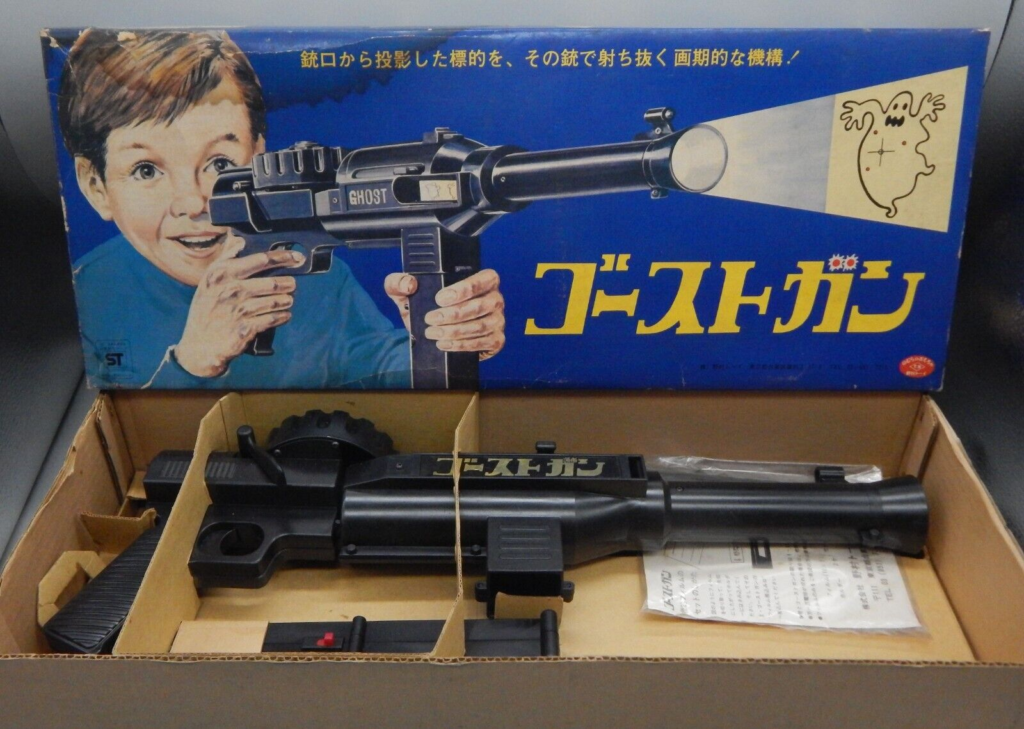
Hasbro’s Model GG-75 brought theater-quality projection home in 1975. The 3.5-watt halogen bulb illuminated 35mm acetate slides with cinema clarity. Each set included 12 authenticated ghost images from professional artists. The technology sparked development of educational slide projectors in classrooms across America.
4. Verte Bird
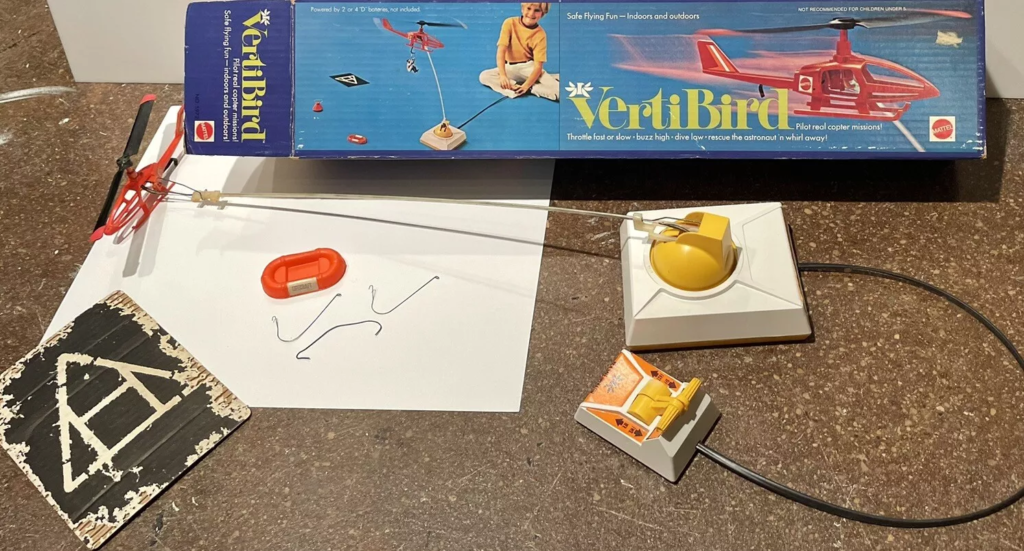
Mattel’s 1973 Model VB-73 mastered indoor flight dynamics. The dual-rotor design achieved stable flight at 800 RPM. Two D batteries powered extended 4-hour flight sessions. NASA engineers later cited the design in early drone development programs.
3. Merlin
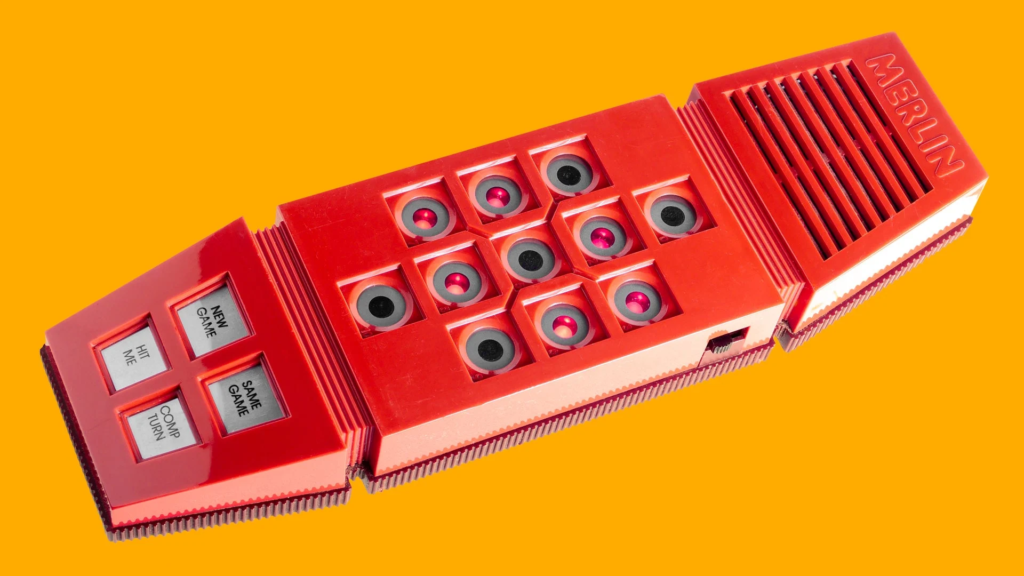
Parker Brothers’ Merlin (Model 9800) emerged from aerospace innovation in 1978. Designer Bob Doyle’s 336 LED matrix powered six distinct games. Production reached 775,000 units at $24.95. The device’s success convinced Texas Instruments to enter the handheld gaming market.
2. Escape From Death Star Game
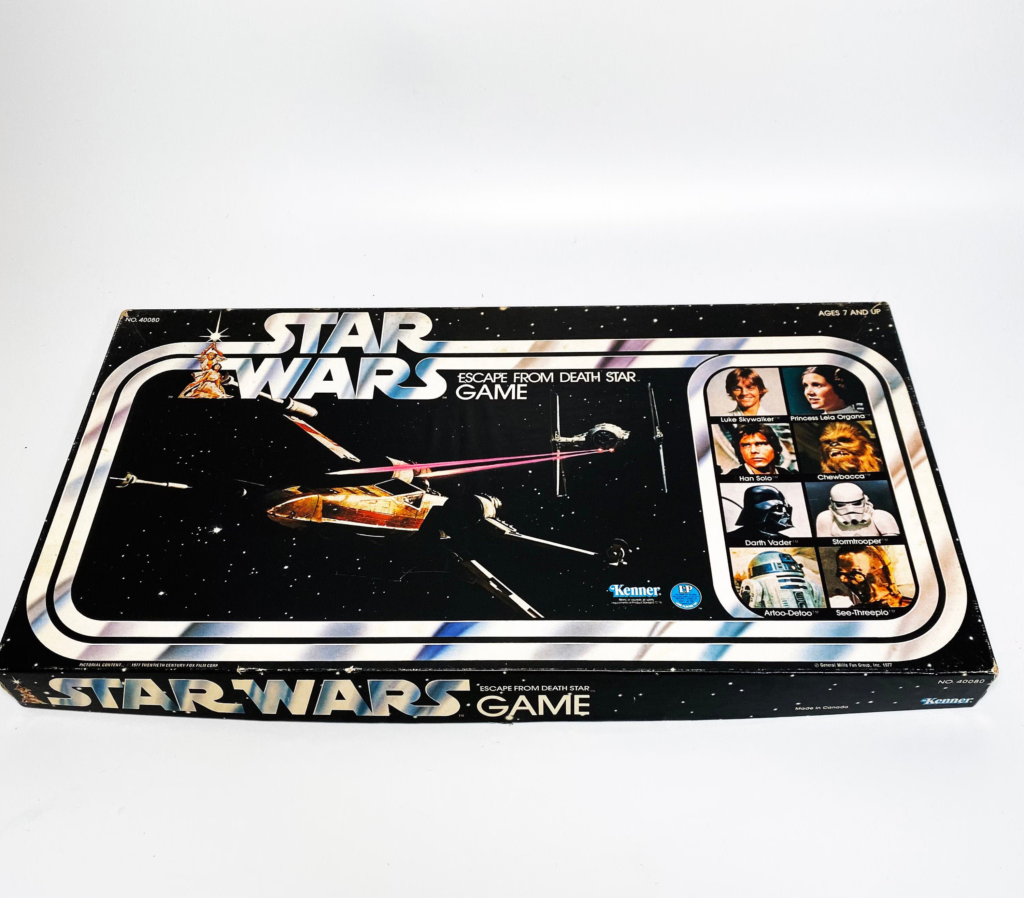
Kenner’s 1977 Model ESC-77 revolutionized entertainment licensing. The 48 action spaces and four character tokens recreated authentic film moments. First-year sales hit 1.2 million units. The game’s success established the blueprint for modern entertainment licensing contracts.
1. Fisher Price Music Box
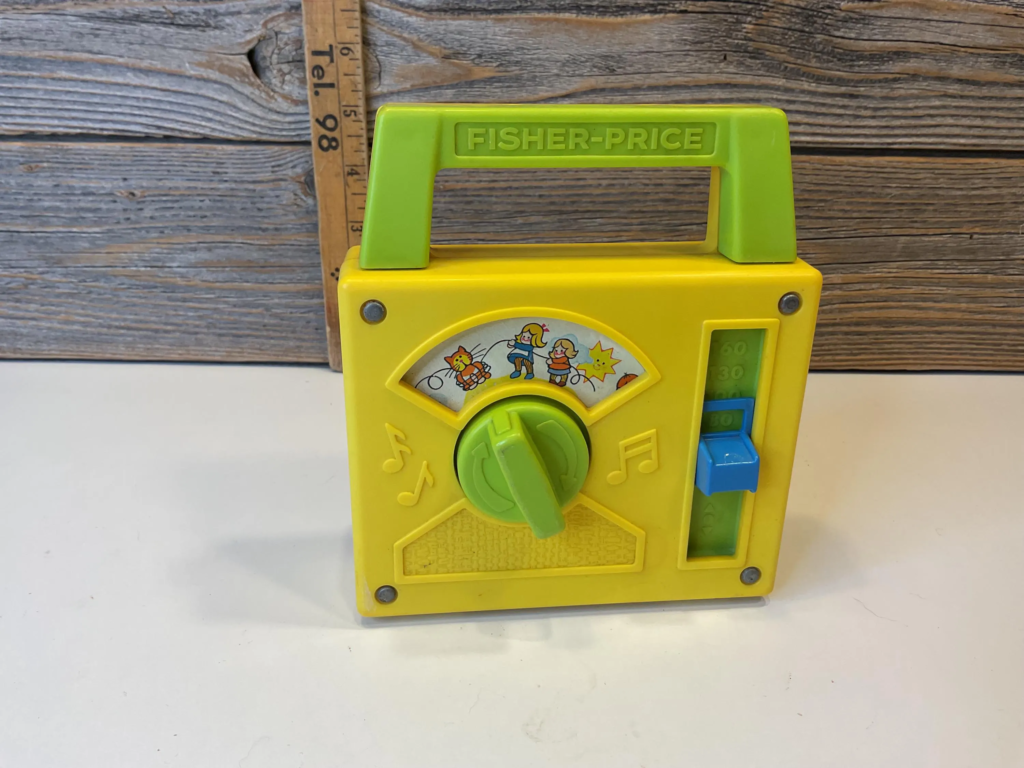
The 1971 Model 816 engineered durability into musical education. Precision brass tone cylinders played 10 classical melodies with perfect pitch. The mechanism surpassed 100,000 test rotations in quality control. The design’s reliability standards influenced the entire preschool toy industry for two decades.












